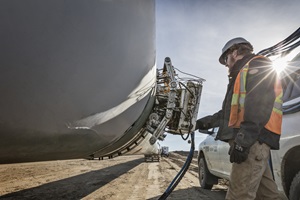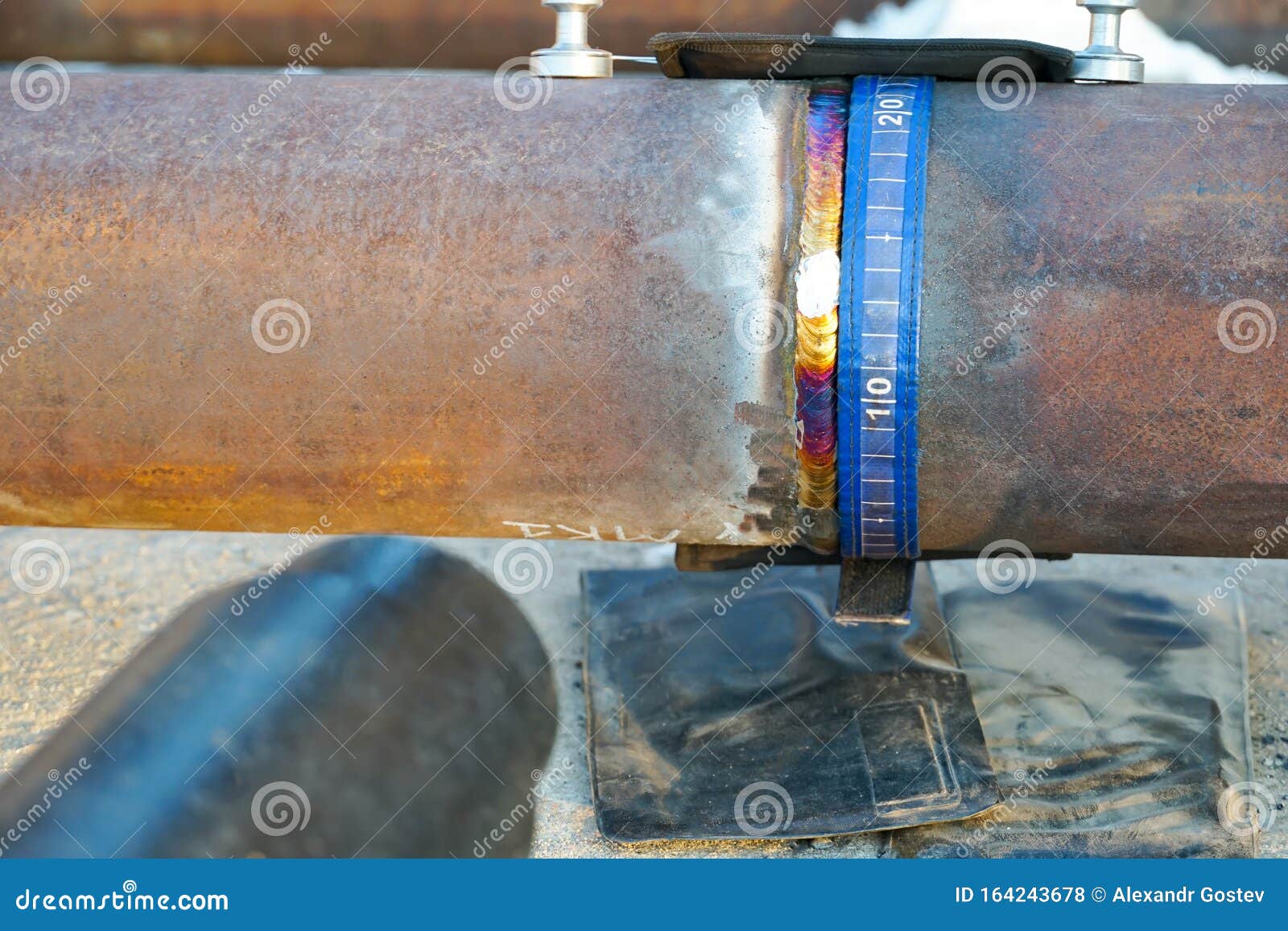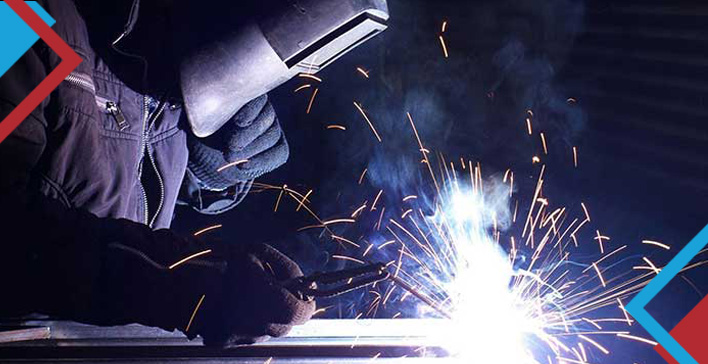Advanced Methods in Pipe Welding Evaluation: Technologies and Technologies for Boosted Accuracy and Reliability in Weld Evaluation
The landscape of pipe welding assessment is undergoing a significant improvement, driven by sophisticated techniques that assure to enhance both accuracy and dependability in weld analyses. Technologies such as computerized evaluation systems and progressed imaging innovations are redefining standard techniques, while non-destructive testing methods ensure material stability is maintained.

Value of Weld Assessment
Making certain the integrity of pipe welds is vital to the total security and dependability of commercial systems. Welds work as the structural backbone of pipelines, which carry a range of fluids under differing stress. Problems in welding can result in disastrous failings, causing not just significant financial losses however likewise prospective environmental catastrophes and risks to public safety and security. As a result, rigorous examination of welds is indispensable to the lifecycle of pipeline framework.
The relevance of weld inspection prolongs beyond simple conformity with governing requirements. It functions as an aggressive measure to determine and correct flaws, such as insufficient combination, porosity, or splits, before they escalate into significant issues. Effective evaluation strategies also add to the long life of pipelines, minimizing maintenance prices and enhancing functional effectiveness.
Moreover, extensive weld examinations foster trust among stakeholders, including governing bodies, financiers, and the areas offered by these pipelines. By making sure that all welds meet the called for standards, companies can alleviate threats and promote their track records. In recap, weld inspection is crucial not only for functional integrity however additionally for the broader implications it holds for security and ecological stewardship.
Automated Examination Solutions
The integration of automated assessment systems in pipe welding has actually revolutionized the method to guaranteeing weld top quality and stability. These systems use advanced robotics and expert system to perform examinations that are not just quicker however also more regular than standard approaches. Automated systems can cover substantial lengths of pipelines successfully, recording data that human examiners may neglect due to fatigue or ecological problems.
One of the vital benefits of computerized inspection systems is their ability to operate in unsafe atmospheres, decreasing the danger to human inspectors. They use different non-destructive screening (NDT) techniques, such as ultrasonic screening and magnetic fragment assessment, to analyze weld stability without endangering the structure. The data accumulated is refined in real-time, permitting immediate comments and punctual rehabilitative actions when defects are recognized.
Furthermore, automated systems help with the standardization of inspection processes, making sure that each weld is assessed against constant criteria. This not only boosts the integrity of outcomes but likewise enhances conformity with regulatory requirements. As sectors remain to focus on security and functional efficiency, the function of computerized inspection systems in pipeline welding will undoubtedly increase, leading the way for extra advanced quality control techniques.
Advanced Imaging Technologies
Frequently employed in contemporary pipe welding examinations, progressed imaging technologies have substantially improved the ability to discover and assess weld flaws. Techniques such as electronic radiography, computed tomography, and thermographic imaging offer examiners with high-resolution pictures that reveal sub-surface flaws and architectural disparities that may be invisible to the nude eye.
This leads to faster inspections and improved precision in recognizing important issues. Calculated tomography, on the various other hand, provides three-dimensional imaging, enabling examiners to visualize complex geometries and analyze the stability of welds from numerous angles.
Thermographic imaging employs infrared visit this site right here innovation to find variants in temperature level, identifying locations of potential weakness or tension within the weld. These advanced imaging modern technologies not just improve defect discovery rates yet additionally decrease the time and sources needed for pipeline evaluations. Consequently, they play a critical function in keeping pipe security and integrity, making certain conformity with industry requirements while minimizing operational dangers.
Non-Destructive Testing Techniques
Using various methods, non-destructive screening (NDT) techniques are necessary in pipeline welding assessments, permitting the assessment of weld stability without endangering the material's structural honesty. NDT includes a series of approaches, including ultrasonic testing (UT), radiographic screening (RT), magnetic these details bit testing (MT), and color penetrant testing (PT) Each method has distinct advantages and applications depending upon the certain needs of the assessment.
Ultrasonic screening makes use of high-frequency audio waves to discover internal imperfections, providing exact dimensions of weld density and honesty. Pipeline Welding Inspection. Radiographic screening employs X-rays or gamma rays to create pictures of the weld, revealing internal issues that may not be noticeable on the surface. Magnetic bit testing is effective for discovering surface area and near-surface stoppages in ferromagnetic materials, while color penetrant testing highlights surface area fractures by making use of a tinted dye
Incorporating these NDT techniques right into pipe welding inspections enhances the accuracy and integrity of weld assessments, ensuring that possible failures are identified early. As markets demand higher criteria for security and efficiency, the function of NDT in preserving the stability of bonded structures continues to be pivotal in pipe building and maintenance.

Future Fads in Weld Evaluation
As we seek to the future of weld assessment, innovations in innovation are poised to revolutionize the methods utilized for examining pipeline stability. The assimilation of expert system (AI) and artificial intelligence in examination procedures is anticipated to improve the accuracy of imperfection detection and predictive upkeep. These modern technologies permit real-time information analysis, enabling examiners to determine possible issues prior to they rise right into considerable problems.
Furthermore, the use of drones furnished with innovative imaging systems is obtaining grip. These airborne evaluations can cover huge areas quickly, catching high-resolution pictures and information that can be examined for flaws in hard-to-reach places. This not just improves security however likewise boosts efficiency in the examination process.
Moreover, the advancement of wise sensors installed in pipeline systems supplies the possibility for continual tracking. These sensors can spot modifications in stress, temperature, and vibrations, giving beneficial understandings into Full Article the wellness of the welds in time.

Verdict
Finally, the integration of innovative methods in pipe welding evaluation substantially boosts the precision and reliability of weld evaluations. Technologies such as computerized evaluation systems, progressed imaging innovations, and non-destructive screening approaches play a crucial function in boosting defect discovery rates and fostering positive upkeep methods. As these modern technologies remain to develop, they will certainly further ensure the security and efficiency of pipeline systems, inevitably adding to the honesty of important infrastructure.
